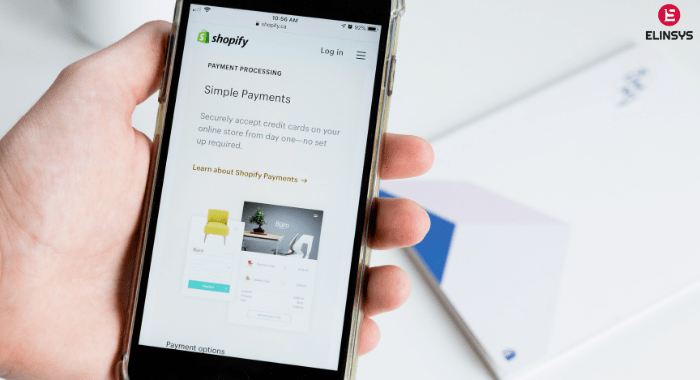In this world of consumerism, it’s difficult not to be consumed by it. The internet is a maze of information and advertisements. Overwhelming though it may seem, we have become good at sorting the valuable information from the internet out of all the noise. But, every website, every business needs to ensure that the information they put out in the maze is adding value for users who see and consume it – and not add to the noise there. We know that we have only a few seconds to turn prospects into leads. People usually do not inspect your landing page carefully – either he clicks on it and goes directly to the call to action or scans it and clicks away. Web design should be such that the prospects scan through the page and stays – and converts! You need to know which part of your web page is gathering the most attention. How? Well, technology can come handy while you do so:
Eye Tracking
Eye tracking technology is used to understand which part of the website gathers the visitor’s attention. IT helps optimize your conversions. It also helps you understand which elements of your website are distracting and where you lose precious sales. With this information, you can get people to pay most attention to the parts of the site that you want them to.
How does an eye tracker work?
An eye tracker measures the movement of an eye. Collected data is analysed and presented as a heatmap. A heat-map highlights which element of your design attracts the most attention. You can then make changes to the design and make your website more profitable and valuable to your business. Heatmaps however are time consuming and budget eating and it’s a complicated process. In order to draw valuable conclusions from a heatmap, you would require at least 39 participants and each test requires at least 20 minutes to around one hour. On an average, eye tracker price is $17000 and even if you hire an agency, it’s going to cost you.
AI powered Automation of Eye-Tracking
AI is the answer – it offers another means of performing eye tracking tests for web designers. The use of eye-tracking is already prevalent in a number of apps. For example, Netflix’s predictive algorithm provides personalized suggestions for movie recommendations. In medicine, researchers use eye tracking to diagnose conditions like Alzheimer’s and Autism. AI has almost become an irreplaceable tool for businesses in many ways.
AI and customer attention
AI can mimic human intelligence and improve itself using data and learning from it. Predictive eye-tracking based on deep learning and trained with previous eye tracking data can make human behaviour on your website very predictable. Technology predicts which areas of your website attracts most of the users and helps you with all your User Experience efforts by providing your insights about your website within seconds.
AI solutions for designers have already become competition for all the major eye-tracking options. With constant innovation, designers will have greater amounts of data to create websites with the user’s preferences in mind.


